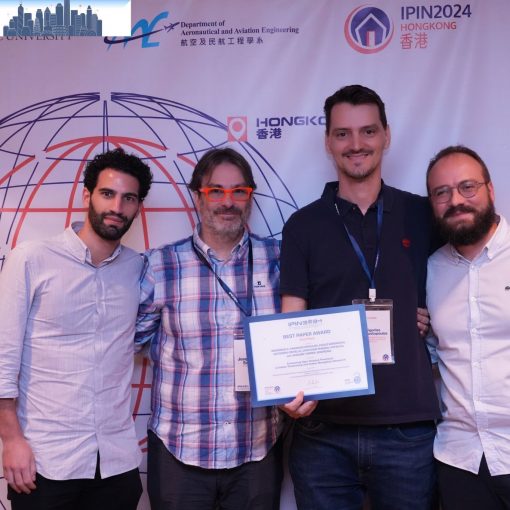School of Engineering student Vipin Richhariya has developed a high-performance shoe sole for icy surfaces with ‘Biomimetic anti-slip adhesion, based on the capillarity of water’, and inspired by the animals Gecko and frog. This could be a solution to injuries caused by slips and falls on ice. The plantar pads of these animals have hydrophilic (water-loving) mechanisms that allow the small animals to move easily on wet and slippery surfaces. The solution developed and patented is based on the use of silicone rubber enriched with nanoparticles of zirconia and/or titania, combined with micrometric geometries of the sole, creating an anti-slip polymeric nano-composite. This material, which ‘sticks’ to the ice, can be incorporated into the soles of shoes to reduce injuries to humans due to falls on ice.
This solution, recently published in the journal Applied Materials & Interfaces by the ACS-American Chemical Society, was selected from around 4,000 articles to be highlighted as an innovative idea on the publisher’s press-release page. As a result, this innovative solution was also featured on the North American science news website New Atlas.
The work, carried out at the CMEMS centre, in the micro-fabrication and systems integration laboratory, has been patented and should lead to a collaboration with a footwear company in the coming months to place this solution on the world markets.



